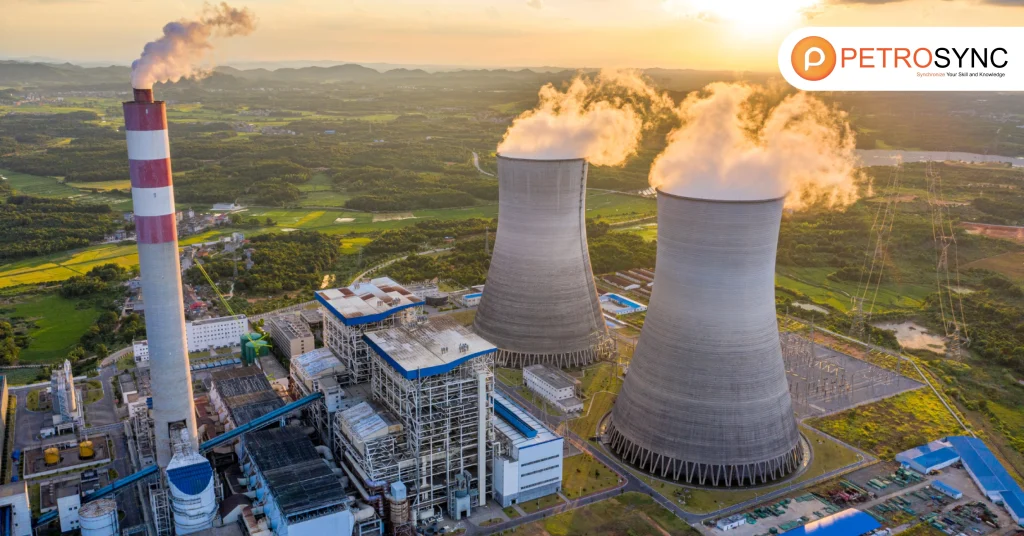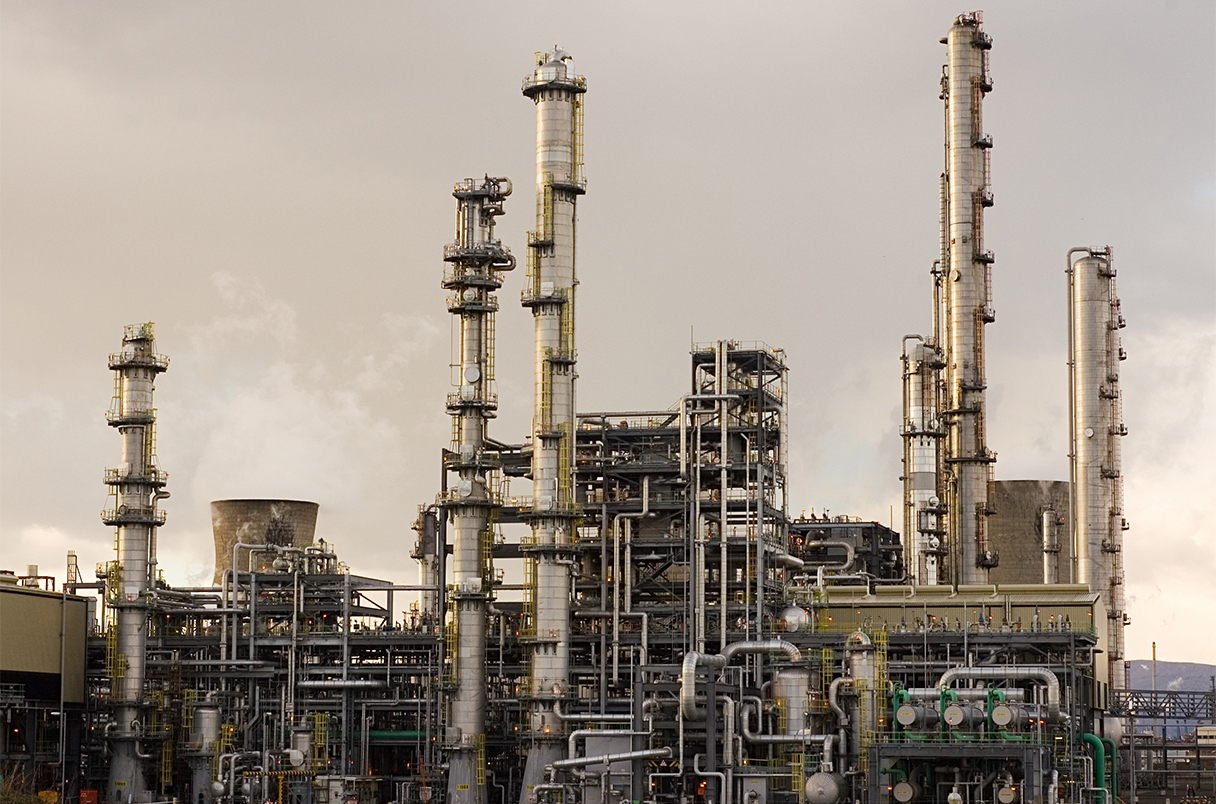Power plant structures are the spine of modern-day industry, making sure a consistent and dependable glide of electrical energy to gas the whole thing from manufacturing to country wide infrastructure. For senior engineers, managers, and decision-makers, grasping how these flowers function — and how to enhance them — is no longer optional.
It’s a strategic skip that drives efficiency, reduces downtime, and enhances safety at some issue of operations. This article unpacks the quintessential elements of an electricity plant, explores exclusive types, highlights their core functions, and dives into the unique characteristic of steam electricity vegetation in today’s electricity mix.
What is in a Power Plant?

A power plant is a tricky facility composed of interconnected constructions working together to generate and distribute electricity. At its core, an electrical energy plant consists of the following key components:
- Prime Mover: Converts energy from fuel (coal, gas, nuclear, etc.) into mechanical energy. This is normally a turbine.
- Generator: Converts mechanical strength into electrical power via electromagnetic induction.
- Boiler or Reactor: Where gasoline is burned or nuclear fission happens to generate heat.
- Condenser and Cooling Systems: Help cast off extra warmness and keep machine stability.
- Control and Protection Units: Ensure safe, stable, and environment friendly operations.
These elements ought to be maintained with precision. Even minor troubles can boost into luxurious outages or protection hazards. That’s why leaders in the energy enterprise focal point closely on predictive maintenance, effectivity improvements, and operator competency.
What are Types of Power Plant?
Power plant vary based on the energy source used to generate electricity. Each form serves terrific needs relying on resource availability, environmental impact, and electricity demand. Here are the most widely wide-spread types:
1. Thermal Power Plant
Uses fossil fuels (coal, gas, or oil) to warm water, producing steam to electricity turbines. It stays dominant globally and alternatively faces sustainability challenges.
2. Hydroelectric Power Plant
Converts the strength of flowing or falling water into electricity. It’s smooth and renewable however relies upon geography and seasonal water flow.
3. Nuclear Power Plant
Generates heat through nuclear fission reactions. It’s highly efficient and emits no CO₂ during operation but comes with safety and waste management concerns.
4. Solar Power Plant
Harnesses photo voltaic radiation through photovoltaic panels or photo voltaic thermal systems. It’s scalable and sustainable however it is structured on climate conditions.
5. Wind Power Plant
Utilizes wind generators to produce electricity. It’s renewable and developing unexpectedly however can be intermittent and site-specific.
6. Geothermal Power Plant
Uses heat from within the Earth to produce steam and power turbines. Efficient in regions with geothermal activity, but limited by location. For power plant managers and CEOs, selecting the right type isn’t just a technical decision—it’s a strategic one. It must balance energy needs, environmental goals, and long-term operational cost.
What is the Function of a Power Plant?
The core function of a power plant is electricity generation. But in the broader context, its roles go far beyond that:
- Stable Energy Supply: Providing uninterrupted electricity for industrial, commercial, and residential needs.
- Operational Continuity: Ensuring downstream operations in manufacturing, refineries, or data centers remain functional.
- Economic Enabler: Power reliability drives national productivity, job creation, and infrastructure growth.
- Grid Balancing: Especially with renewable energy integration, plants must respond to fluctuating demand and supply.
For electricity businesses and industrial operators, a current energy plant ought to be now not solely dependable however additionally adaptable. Rapid adjustments in regulation, local weather policies, and strength consumption patterns make flexibility and effectivity essential.
Improving your plant’s function often starts with human factors — better-trained personnel, more accurate inspections, and proactive maintenance planning.
What is a Steam Power Plant?
A steam electricity plant is a kind of thermal electricity plant where water is heated, transformed into steam, and used to pressure a steam turbine related to a generator. It’s one of the oldest and most broadly used applied sciences in electrical energy generation.
How It Works:
- Fuel Combustion: Coal, oil, or gasoline is burned in a boiler.
- Water Heating: The warmth converts water into high-pressure steam.
- Steam Expansion: Steam spins the turbine, producing mechanical energy.
- Electric Generation: A generator transforms mechanical energy into electricity.
- Condensation: The steam is cooled back into water in a condenser and recycled.
Why It Still Matters:
- Proven Efficiency: When well-maintained, steam plants offer high energy output per unit of fuel.
- Flexibility: Can adjust output based on demand.
- Availability: Uses without problems on hand fuels in many regions.
However, steam structures additionally pose risks: corrosion, scaling, overheating, and strain imbalances. That’s why plant managers have to make sure ordinary inspections, failure analysis, and up to date security coaching are phases of each day’s operations.
Join PetroSync’s Training to Transform Safety and Performance
No matter what type of power plant you manage or operate, the reality is clear: Technology alone is not enough. Your plant’s reliability, safety, and performance hinge on the skills and awareness of your team.
PetroSync offers specialized training programs tailored for professionals in the power generation sector. Whether you’re a senior engineer or a manager overseeing plant operations, our courses cover critical areas like:
- Power plant safety and failure prevention
- Boiler and steam system integrity
- Root cause analysis for turbine failures
- Reliability-centered maintenance (RCM)
- Asset integrity management
Why Join?
- Real-World Expertise: Learn from industry practitioners with decades of field experience.
- Applicable Skills: Gain actionable insights that immediately impact your operations.
- Strategic Advantage: Well-trained teams minimize downtime, extend equipment life, and reduce operational risk.

Results-oriented and thorough SEO specialist with extensive experience in conducting keyword research, developing and implementing digital website promotion strategies and plans, managing campaigns to develop company websites in the digital world, excellent knowledge of marketing techniques and principles, and attentive strong attention to detail.







